November 2019
November 5, 2019
The Sunshine Grave of Mrs. Leila Davidson Hansell
During the year-and-a-half that Leila Davidson Hansell suffered from tuberculosis, she developed a profound fear of being interred for eternity in the darkness of the earth. She beseeched her husband, "Don't let them bury me in the cold ground. Lay me where the sun will shine on me all day long."Her husband obliged and hired undertaker J.M. Stepp to build an aboveground vault for her topped with thick squares of prism glass. When she died in 1915, she was placed inside this unusual grave, located in Hendersonville, North Carolina's Oakland Cemetery. The locals began referring to her as the "sunshine lady."
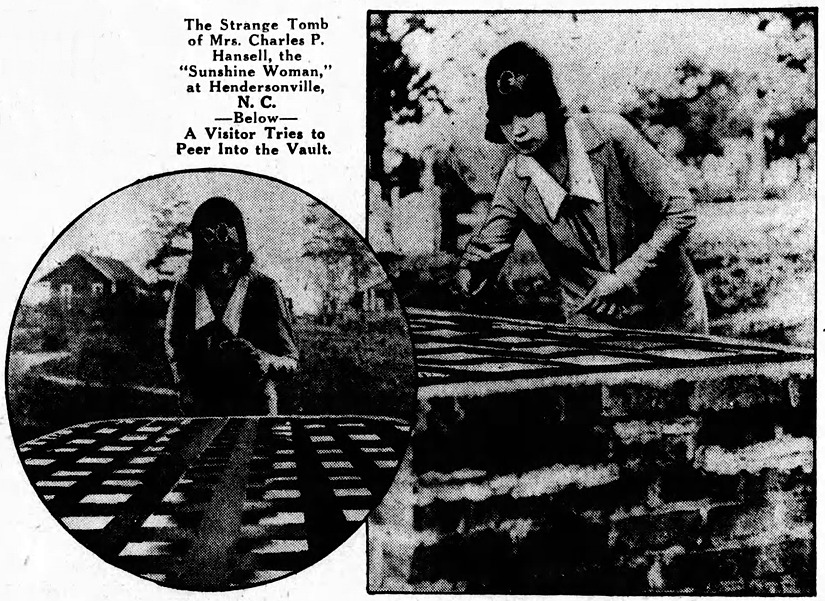
San Francisco Examiner - July 17, 1927
The undertaker always insisted that Mrs. Hansell lay inside a coffin in the vault. However, many people who peered through the thick glass claimed that they could see her skeleton. As described in a 1927 article in American Weekly magazine:
In the early 1930s, the sightings took on a new twist. The growth of two spruce pines in the cemetery had caused shade to fall over Hansell's tomb in the afternoon. This inspired people to think that they could see her skeleton turned on its side, as if she had been disturbed by the shadows falling over her.
By 1937 the cemetery had had enough of the crowds of people the sunshine grave was drawing. So they covered the top with concrete. According to Hendersonville historian Doug Gelbert, the official reason given was that "Many people expectorated on the glass and for sanitary reasons the top will be covered."
Hansell's grave, with its concrete top, remains in Oakland Cemetery to this day.
Incidentally, Mrs. Hansell's maiden name was Davidson, and that was the same Davidson family after whom Davidson college in North Carolina was named. So she came from money.
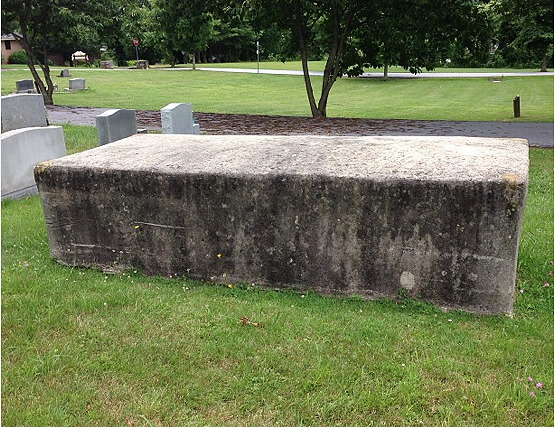
The sunshine grave as it looks today. (source: Instagram)
Posted By: Alex - Tue Nov 05, 2019 -
Comments (2)
Category: Death
Deeply Artificial Trees
Posted By: Paul - Tue Nov 05, 2019 -
Comments (3)
Category: Aliens, Art, Surrealism, Body Modifications, Psychedelic
November 4, 2019
Symphony with Airplane Propellers
American composer George Antheil scored his Ballet Mécanique (or Ballet for Machines) for sixteen player pianos, two conventionally played pianos, four brass drums, three xylophones, a tam-tam, seven electric bells, a siren, and three airplane propellers. Here's what happened during its first U.S. performance in 1927, according to Nicholas Tawa in The Great American Symphony:He was labeled a charlatan and was forced to retreat to Europe. All the while, the New York fiasco haunted him like a nightmare. His reputation remained in ruins.
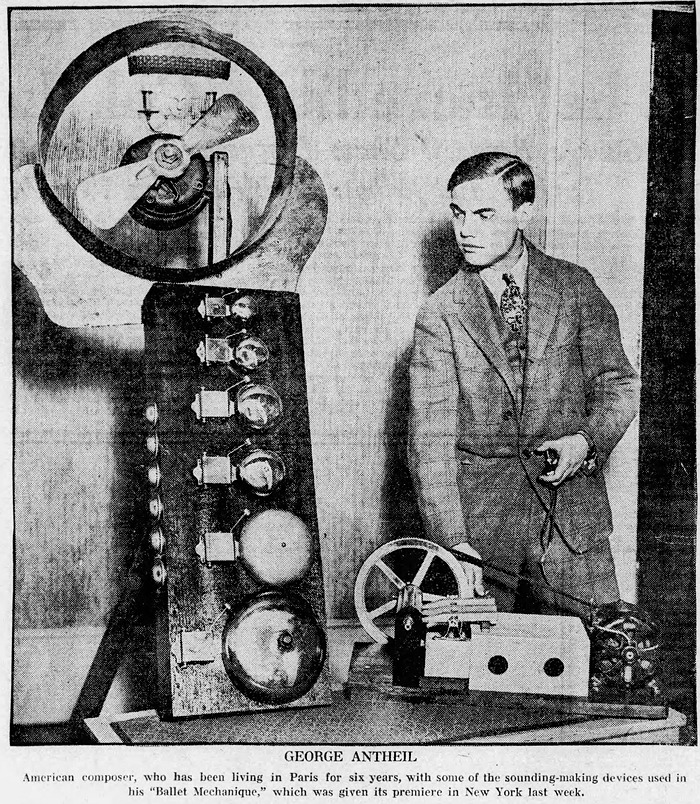
Baltimore Sun - Apr 17, 1927
While the inclusion of the airplane propellers provided a dramatic flourish, apparently it was the attempt to synchronize the player pianos that was the real technical challenge, and impossible with 1920's technology. In a 1999 Wired article, Paul Lehrman describes an effort to perform Ballet Mécanique with the help of computer technology.
While over at logosfoundation.org, one can find a description of a more recent project to perform Antheil's symphomy with full-scale propellers... because apparently previous performances, for safety reasons, never used full-sized propellers.
Thanks to Virtual in Carnate for alerting us to the existence of Antheil's propeller symphony.
Posted By: Alex - Mon Nov 04, 2019 -
Comments (3)
Category: Music, 1920s
Michael in Wonderland
Michael Jackson takes a Magical Mystery Tour.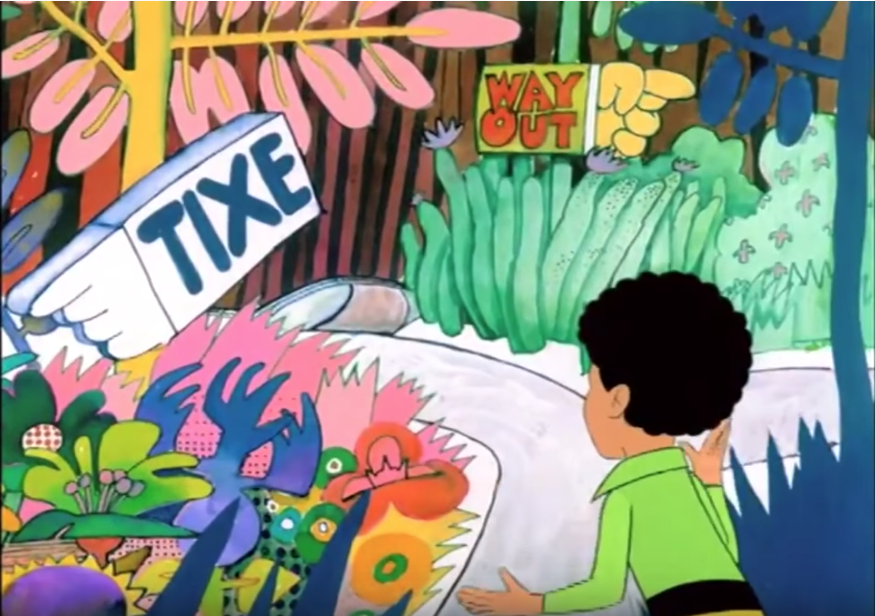
Posted By: Paul - Mon Nov 04, 2019 -
Comments (3)
Category: Anthropomorphism, Music, Surrealism, Cartoons, Psychedelic, 1970s
November 3, 2019
The $4 million Photo
It actually sold for more than $4 million — $4,338,500, to be exact. It was taken by Andreas Gursky who titled it “Rhine II” because it shows a scene along the Rhine River. Its sale in 2011 made it (at the time) the most expensive photo in the world.The pricetag astounded many people, since it kinda looks like a photo any amateur could and would take. Florence Waters, art critic for the Daily Telegraph, offered this defense of it:
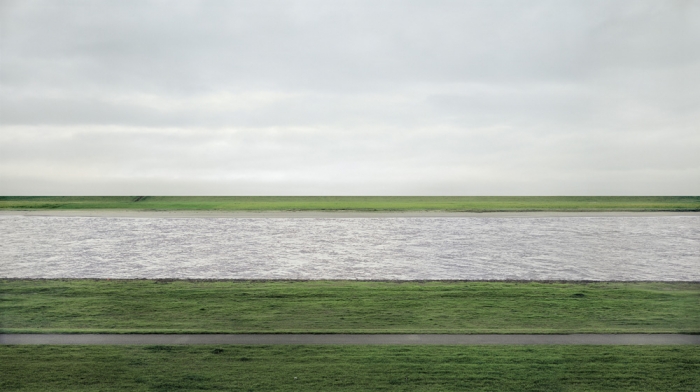
Posted By: Alex - Sun Nov 03, 2019 -
Comments (2)
Category: Overpriced Merchandise, Photography and Photographers
Follies of the Madmen #451
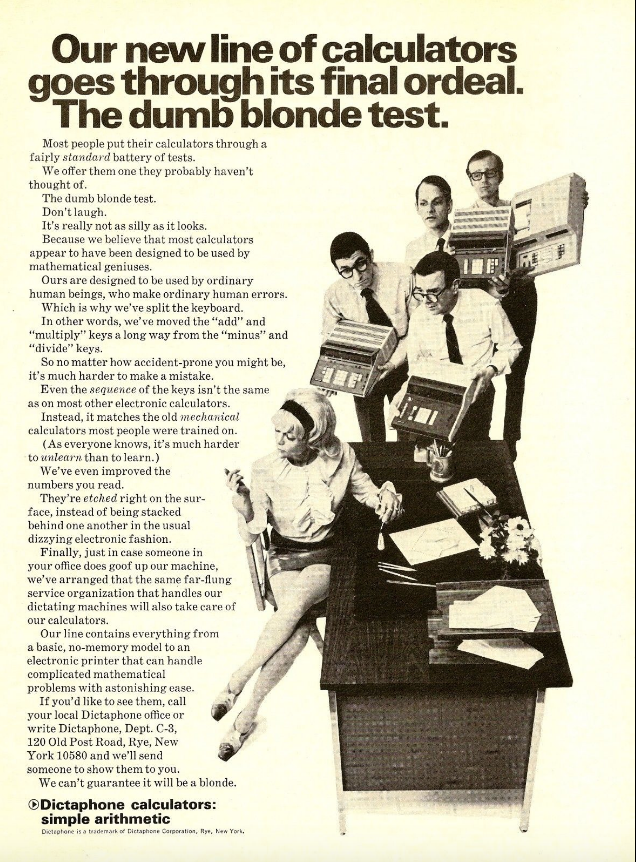
Source.
Posted By: Paul - Sun Nov 03, 2019 -
Comments (4)
Category: Business, Advertising, Stereotypes and Cliches, Technology, 1970s, Women
November 2, 2019
The Life Cereal Protein Spokes-creature
Most cereal spokes-beings are identifiable characters: leprechauns, toucans, sea captains. But this character for Life Cereal is apparently a Protein.

Posted By: Paul - Sat Nov 02, 2019 -
Comments (1)
Category: Anthropomorphism, Business, Advertising, Corporate Mascots, Icons and Spokesbeings, Food
Grand Overture with Vacuum Cleaners
Malcolm Arnold's "Grand, Grand Overture, Opus 57" is scored for three vacuum cleaners, one floor polisher, four rifles, and a full symphony orchestra. It was originally commissioned for the 1956 Hoffnung Music Festival Concert at the Royal Festival Hall in London. It sold out within two hours after the box office opened, breaking all records up to that time for the Royal Festival Hall.I found a recent performance of it posted on YouTube, but disappointingly the vacuum cleaners are difficult to hear over the orchestra. And the part (around the 8:00 mark) where a gunman pretends to shoot members of the orchestra is gonna make audiences a lot more uncomfortable nowadays than it did back in 1956.
Posted By: Alex - Sat Nov 02, 2019 -
Comments (2)
Category: Music, 1950s
November 1, 2019
The Malibu Remuda of 1947

The "Remuda" or horse show by all accounts featured a "western bathing beauty contest." But I can't locate a pic of the actual winner. However, these lovelies were in attendance, and certainly the giant hat qualifies this as one of our Weird Beauty Contests.
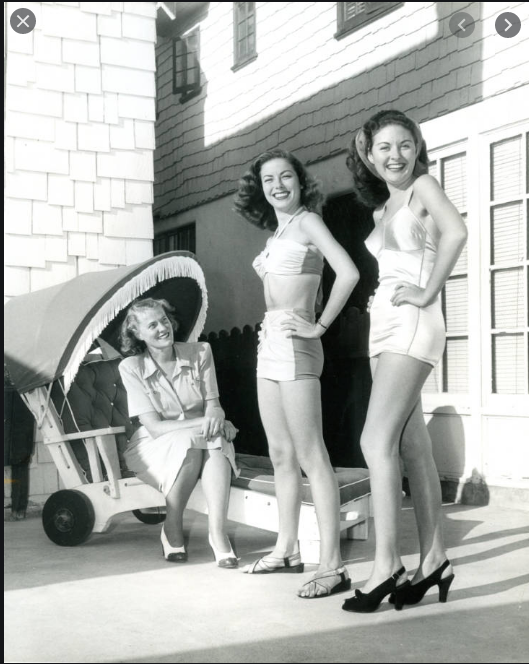

Posted By: Paul - Fri Nov 01, 2019 -
Comments (0)
Category: Animals, Awards, Prizes, Competitions and Contests, Beauty, Ugliness and Other Aesthetic Issues, Regionalism, 1940s
Upside-Down Art
For quite some time, because I'm an information packrat, I've been collecting examples of art that was accidentally hung upside-down or sideways. I finally deciced to arrange all the examples together and added them to the site as a Gallery of Art Hung Upside-Down.
Posted By: Alex - Fri Nov 01, 2019 -
Comments (1)
Category: Art
| Get WU Posts by Email | |
|---|---|

| Who We Are |
|---|
| Alex Boese Alex is the creator and curator of the Museum of Hoaxes. He's also the author of various weird, non-fiction books such as Elephants on Acid. Paul Di Filippo Paul has been paid to put weird ideas into fictional form for over thirty years, in his career as a noted science fiction writer. He has recently begun blogging on many curious topics with three fellow writers at The Inferior 4+1. Chuck Shepherd Chuck is the purveyor of News of the Weird, the syndicated column which for decades has set the gold-standard for reporting on oddities and the bizarre. Our banner was drawn by the legendary underground cartoonist Rick Altergott. Contact Us |

